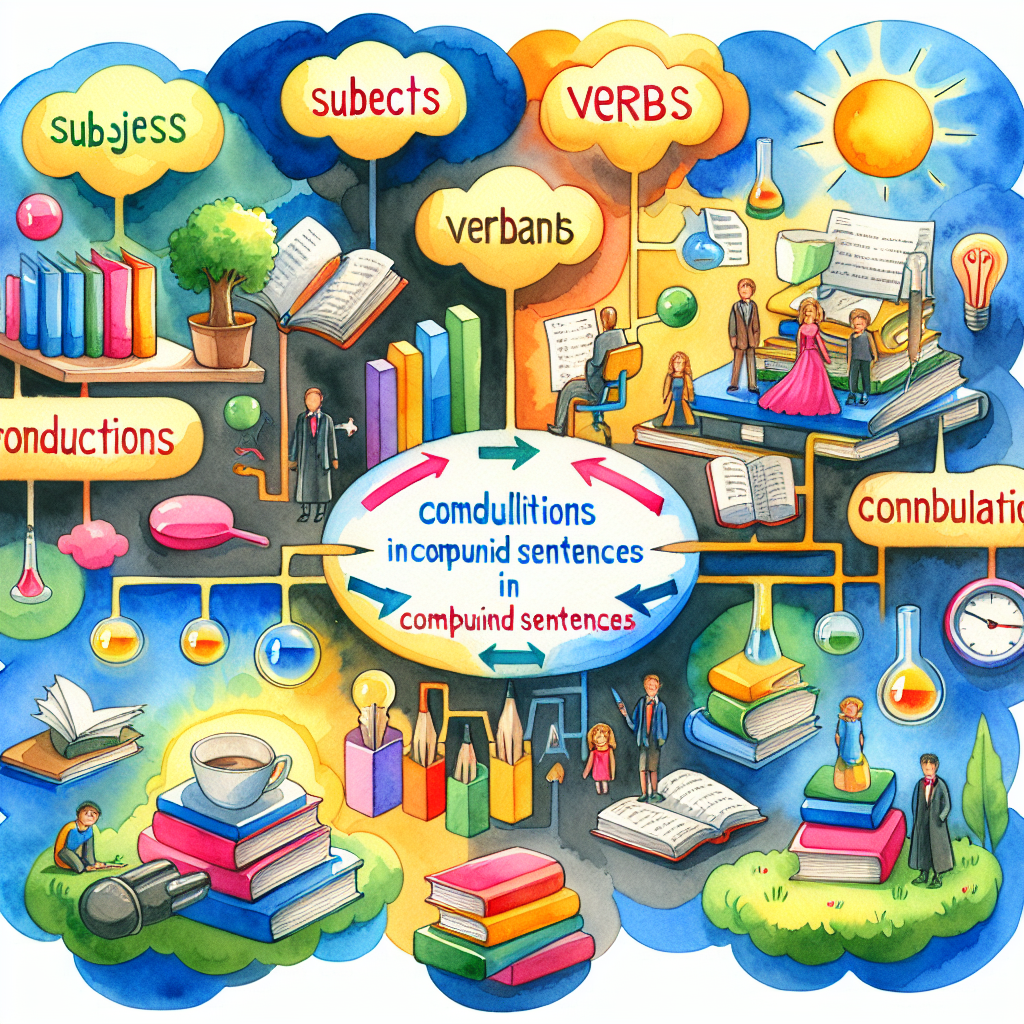Lesson No 27A Introduction To Compound Sentences Using Conjunctions

Introduction to Compound Sentences Using Conjunctions
A compound sentence is a sentence that contains two or more independent clauses joined by a coordinating conjunction. An independent clause is a complete thought that can stand alone as a sentence.
Coordinating conjunctions are words that connect two independent clauses. The most common coordinating conjunctions are:
- and
- but
- or
- so
- yet
- for
- nor
Examples of compound sentences using coordinating conjunctions:
- I like apples, and I like oranges.
- She studied hard, but she didn’t pass the exam.
- You can either go to the beach or stay at home.
- It was raining, so we stayed inside.
- He tried to open the door, yet it was locked.
- I went to the store, for I needed milk.
- He didn’t study, nor did he do his homework.
More Examples of compound sentences using coordinating conjunctions:
- I like apples, and I also like bananas.
- She studied hard, but she still failed the exam.
- Do you want to go to the park or the beach?
- It’s raining, so we can’t go outside.
- He tried hard, yet he didn’t win the race.
- She doesn’t eat meat, nor does she drink alcohol.
- He went to the store, for he needed to buy milk.
Tips for using coordinating conjunctions:
- Make sure both clauses are complete sentences.
- Use a comma before the coordinating conjunction if both clauses are independent.
- You can also use a semicolon instead of a comma and conjunction.

